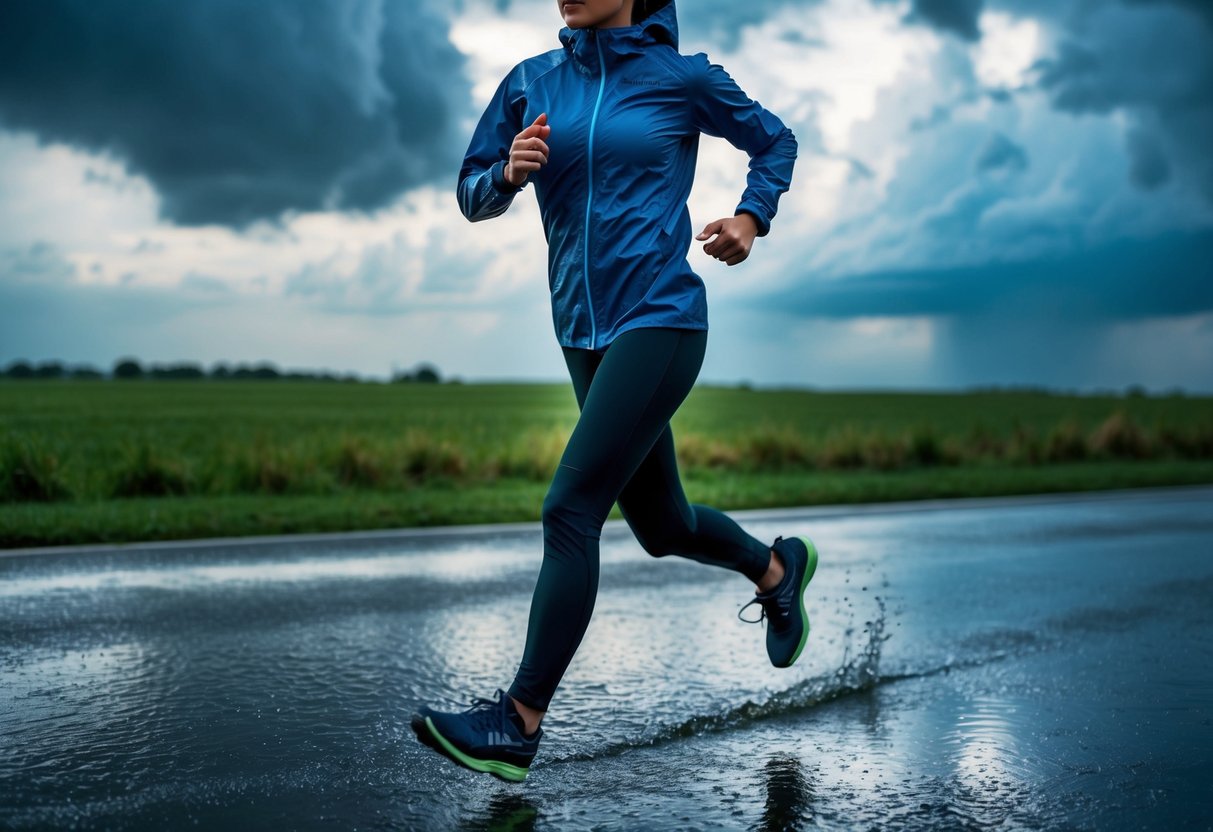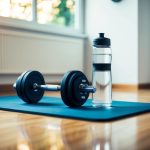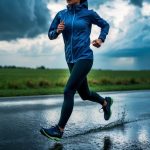
Best Practices for All-Weather Training
All-weather training demands a focused approach to ensure comfort and performance. It requires effective layering strategies and proper care of equipment to guarantee durability and weather resistance.
Layering Strategies
Effective layering is essential for maintaining body temperature and ensuring maximum comfort during training in varied weather conditions. Base layers should be moisture-wicking to keep the skin dry. Fabrics like merino wool or synthetic fibers are suitable due to their moisture management and quick-drying properties.
Mid-layers provide insulation. Options include fleece or insulated jackets, depending on temperature. The outer layer should be water and wind-resistant to shield against the elements. Breathability in outer layers is crucial to prevent overheating and allow moisture escape.
He should also consider adjustability. Zippers, vents, and adjustable hoods increase flexibility. These features allow fine-tuning of body temperature without having to remove layers entirely.
Care and Maintenance for Durability
To maximize durability, regular care of activewear is necessary. Washing items in cold water preserves fabric integrity and color. Using mild detergents is recommended, as harsh chemicals can degrade waterproof coatings and reduce weather resistance over time.
He should ensure garments are thoroughly rinsed to remove any detergent residue. Air drying or tumble drying on a low setting helps maintain the fabric’s elasticity and fit. Storing activewear properly by hanging or folding them neatly avoids unnecessary wrinkles and stress on seams.
Minor repairs, like patching small tears or reapplying a Durable Water Repellent (DWR) coating, can extend the life of weather-resistant garments. This proactive approach ensures they remain functional and retain their protective properties throughout multiple training seasons.
Waterproof Gear for Runners
Runners seeking to train in wet conditions need reliable waterproof gear to stay dry and comfortable. With the right waterproof running shoes and rainy weather accessories, anyone can tackle a wet run with confidence.
Choosing the Right Waterproof Running Shoes
Selecting the right waterproof running shoes is essential for maintaining comfort and performance. Key features to look for include effective waterproofing materials and a good fit to prevent water from getting inside. Traction is also important, as it ensures safety on slippery surfaces. Running shoes should provide strong grip with a durable rubber outsole, making it easier to navigate wet trails.
Cushioning and support are equally crucial to enhance shock absorption and stability. Waterproof trail running shoes incorporate these elements to offer protection against the elements while also delivering the flexibility needed for varied terrains. By prioritizing these features, runners can find shoes that keep their feet dry without compromising on performance.
Essential Accessories for Rainy Runs
Accessorizing effectively can make a significant difference when running in the rain. Reliable waterproof jackets are indispensable, offering a breathable but protective layer that shelters against rain while allowing perspiration to escape. Pairing this with a waterproof cap helps keep rain out of the eyes, ensuring visibility and concentration on the run.
For those looking to protect personal items, dry bags or waterproof pouches are perfect for safeguarding gadgets like phones and keys. Additionally, wearing moisture-wicking socks prevents blisters by keeping the feet as dry as possible. Combining the right accessories with suitable running shoes can transform a potentially uncomfortable experience into an enjoyable and efficient run.



